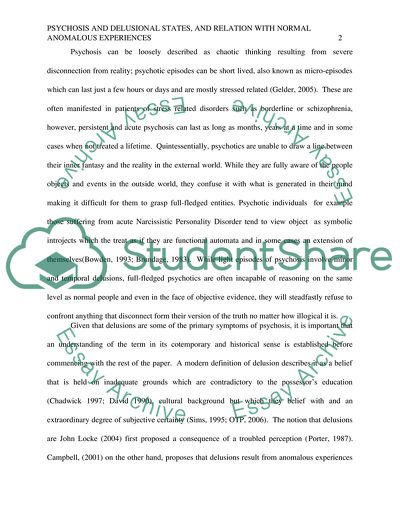Cite this document
(“Psychosis and delusional states and their relationship with normal Essay - 2”, n.d.)
Psychosis and delusional states and their relationship with normal Essay - 2. Retrieved from https://studentshare.org/psychology/1627274-psychosis-and-delusional-states-and-their-relationship-with-normal-anomalous-experiences
Psychosis and delusional states and their relationship with normal Essay - 2. Retrieved from https://studentshare.org/psychology/1627274-psychosis-and-delusional-states-and-their-relationship-with-normal-anomalous-experiences
(Psychosis and Delusional States and Their Relationship With Normal Essay - 2)
Psychosis and Delusional States and Their Relationship With Normal Essay - 2. https://studentshare.org/psychology/1627274-psychosis-and-delusional-states-and-their-relationship-with-normal-anomalous-experiences.
Psychosis and Delusional States and Their Relationship With Normal Essay - 2. https://studentshare.org/psychology/1627274-psychosis-and-delusional-states-and-their-relationship-with-normal-anomalous-experiences.
“Psychosis and Delusional States and Their Relationship With Normal Essay - 2”, n.d. https://studentshare.org/psychology/1627274-psychosis-and-delusional-states-and-their-relationship-with-normal-anomalous-experiences.


